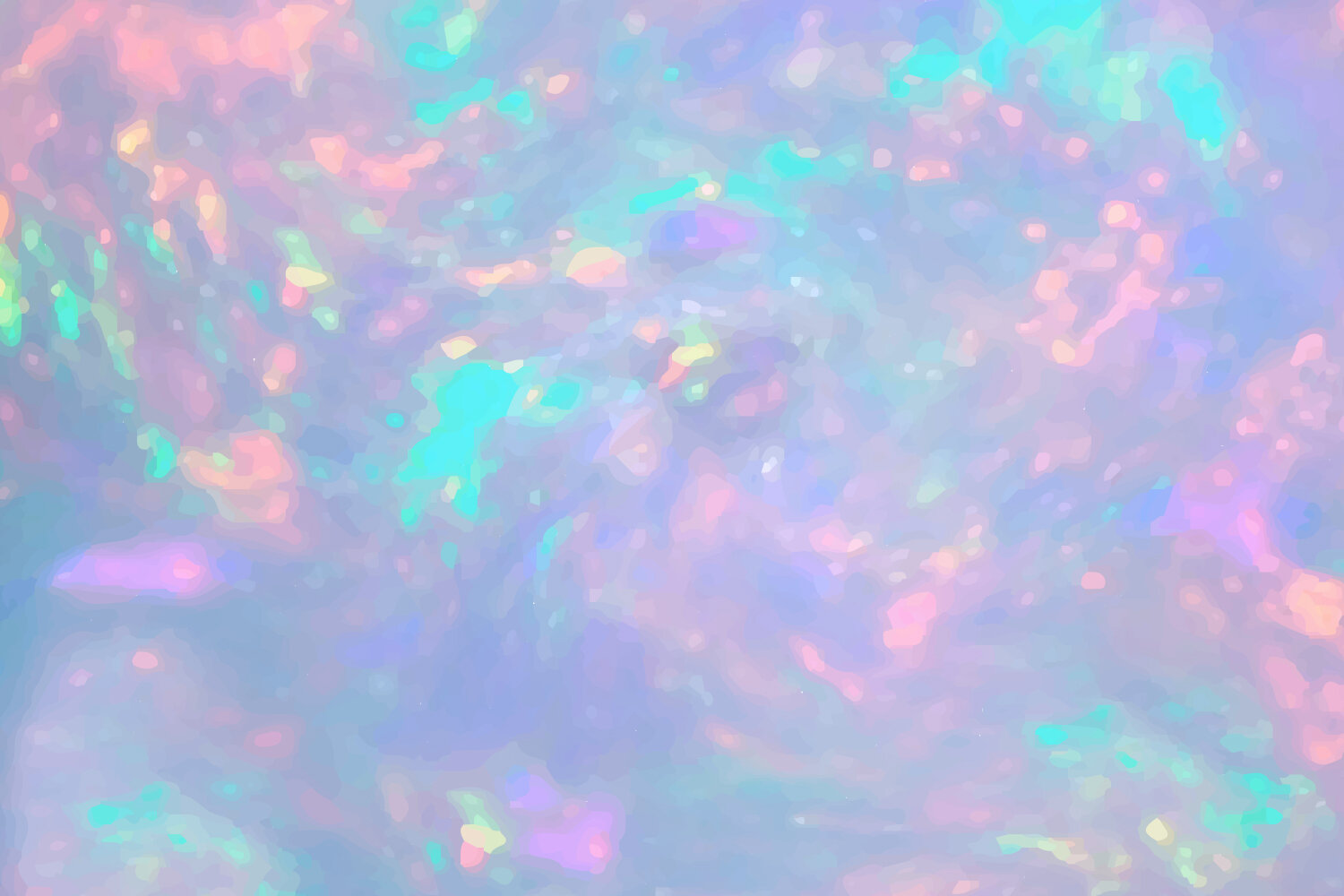
Base Color
The term "base color" is often confusing, but it is very simple. When you think about looking at an opal and extinguishing all the fire colors coming from it, what remains is the base color of the gemstone. Base colors, also known as background colors, include black, semi-black, crystal, semi-crystal, white, gray, blue, orange, brown, boulder black and boulder brown. Base color is one of the four primary characteristics that determine the value of an opal.
The base color of an opal is determined only by looking at the top of the gemstone. With your eye above the gemstone, look down at the face of the opal as it rests on your table. Notice that it has two color characteristics, such as the play of fire and general base color. Next, the general base color will be determined.
Base color is actually a combination of three variables: color, saturation, and clarity. A complete description of a gemstone requires all three variables and will affect the value of the gemstone.
| Opal | Description |
| Black Opal | A natural solid opal that is opaque when viewed from the top of the gemstone. The black opal has a play of color against a dark background and is graded at least #3 black on the Lightning Ridge Miners Association Tone Scale. Finally, the back of the gemstone may be any color. |
| Black Crystal | A natural solid opal that is translucent to transparent with a play of color. When viewed from the top, a black crystal is graded as at least #3 black on the Lightning Ridge Miners Association Tone Scale. |
| Semi-Black | A solid opal that is translucent to opaque when viewed from the top. A semi-black opal has a play of color against a dark gray background, corresponding to semi-black on the Lightning Ridge Miners Association Tone Scale. |
| Boulder Black | A natural boulder opal has a play of color against a dark opaque background and is graded at least #3 black on the Lightning Ridge Miners Association Tone Scale. |
| Crystal Opal | A solid opal that is transparent and shows a play of color and no base color. |
| Semi-Crystal | A solid opal that is translucent and shows a play of color and a clear base color. |
| Gray Opal | A solid opal that is opaque or translucent. A gray opal shows a play of color on a gray base that corresponds to the gray tones on the Lightning Ridge Miners Association Tone Scale. |
| White Opal | A white opal is opaque to translucent and shows a play of color. A white to off-white base color is graded as a white opal. |
| Light Opal | In Australia, opals that are crystal grade, semi-crystal, white or gray are all under a general category called "light opal." |
| Orange Opal | A solid opal that is translucent to opaque and shows a play of color on an orange background. Depending on the base color, this opal is either red or yellow. |
| Orange Crystal Opal | A solid opal that is transparent and shows a play of color on an orange background. Depending on the base color, this opal is either red crystal or yellow crystal. This is generally referred to as the fire opal. |
| Brown Crystal | A solid opal that is transparent and shows a play of color on a brown base color. |
| Jelly Opal | A Jelly Opal is a solid opal that is transparent and shows no play of color, but may show an opalescence without a pattern. The orange material without a play of color from Mexico is frequently seen in faceted gemstones, and would be termed orange jelly, although it is also called fire opal in the industry. The blue jelly from Australia is sometimes called blue bottle potch. |
| Blue Opal | A Blue Opal is a solid opal that can be translucent to opaque with or without a play of color on a blue base color. The opaque blue common opal from the Andes is just called "blue opal." There is also a pink variety of this common opal. |

